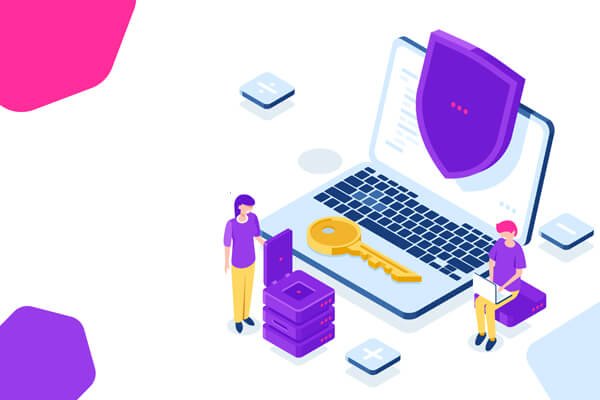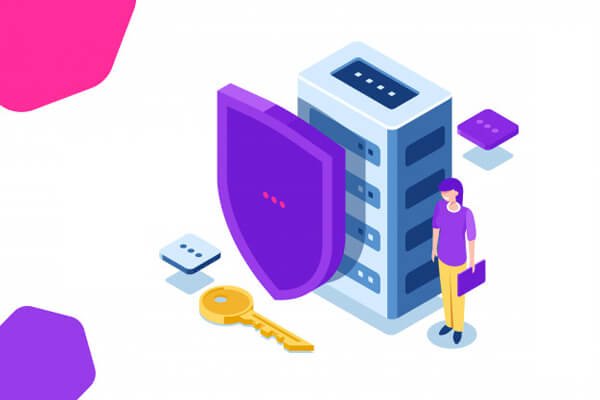WAPT
Websites are prime targets of cyber criminals who steal private credentials, important organization data, perform defacement attacks, denial-of-service (DoS) attacks etc. and this leads to tangible as well as intangible losses to both organizations and their customers. With a growing number of threats to the application layer, organizations must constantly test for flaws that could compromise web application security.
Web Application Penetration Testing (WAPT) ensures that your web applications are scanned for all types of security flaws and their potential risks, followed by appropriate correction steps, thus safeguarding your web applications from cyber attacks. It is an essential component of any software testing protocol.
WAPT can be done manually or it can be automated.
While automated testing can find many vulnerabilities, there are some authorization issues and business logic flaws that only manual web penetration testing can accurately discover.To ensure secure applications, organizations are advised to conduct manual web penetration testing on every application at least once a year.
We perform a hybrid WAPT, which involves both automated and manual penetration testing of websites to ensure that not even a small security flaw remains in your websites. We check the applications for all types of security risks currently present and are proficient at finding top security risks that are described by the widely acknowledged Owasp Top-10 and SANS 25.
Our penetration testing is aimed at investigating security escape clauses in your application at different levels and reporting the findings to you in an easy yet effective manner. We are dependably there to settle the security facets for you to ensure that your site is steady and smooth running.







